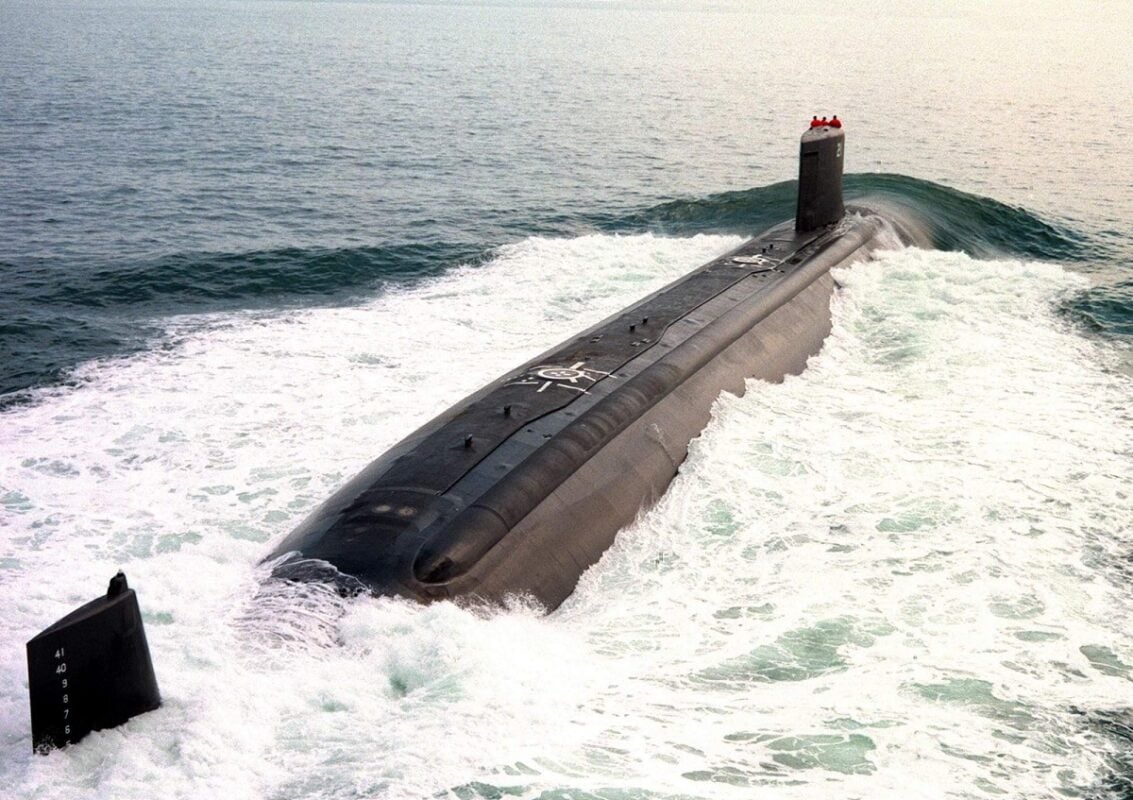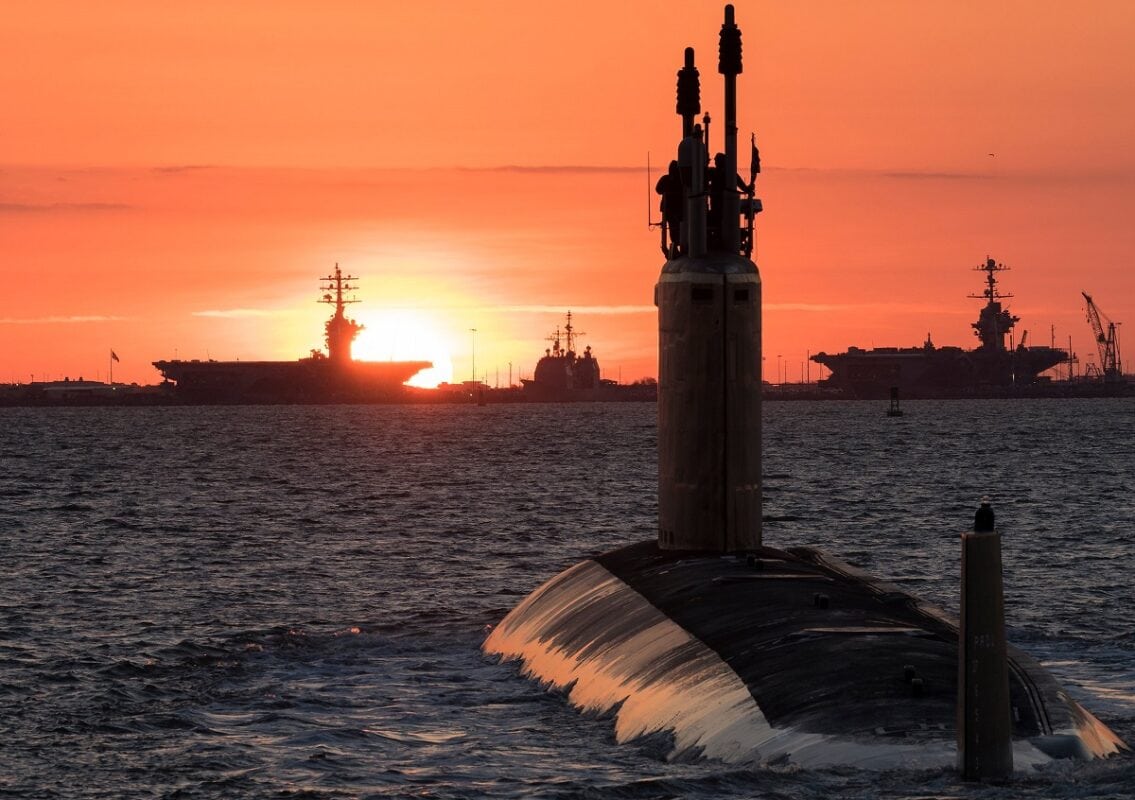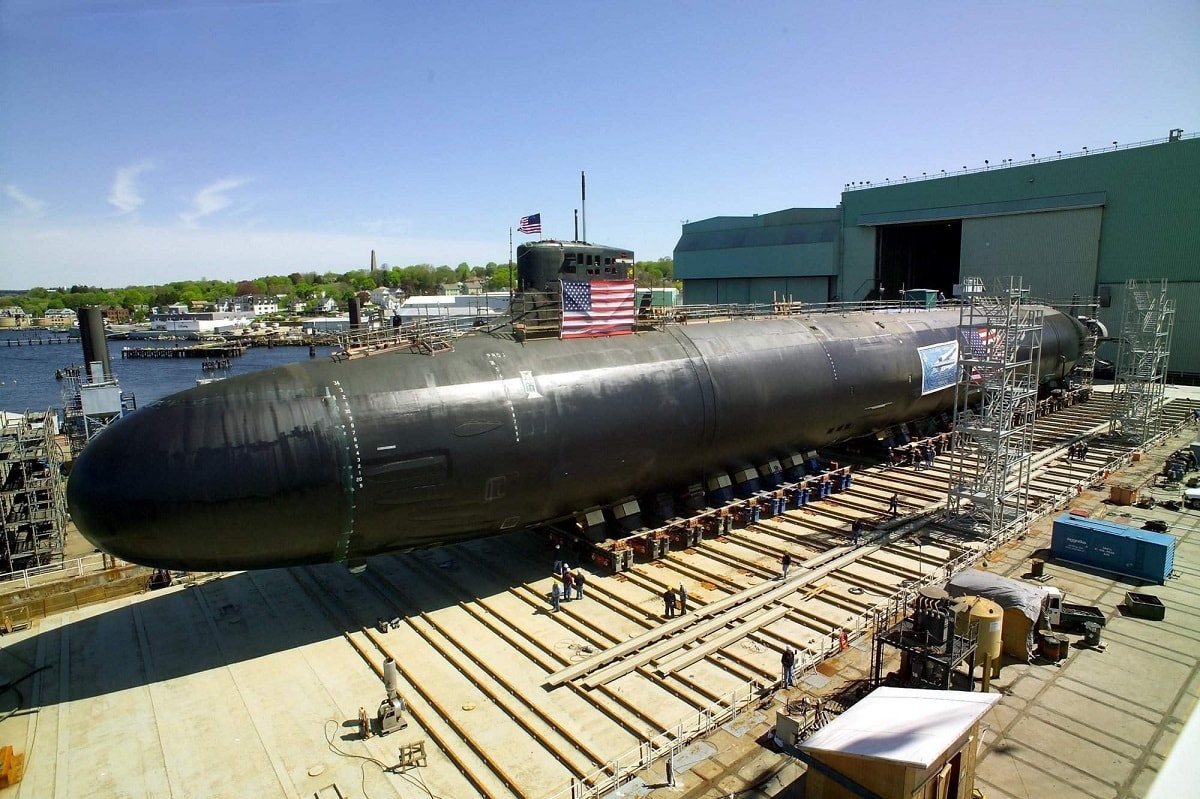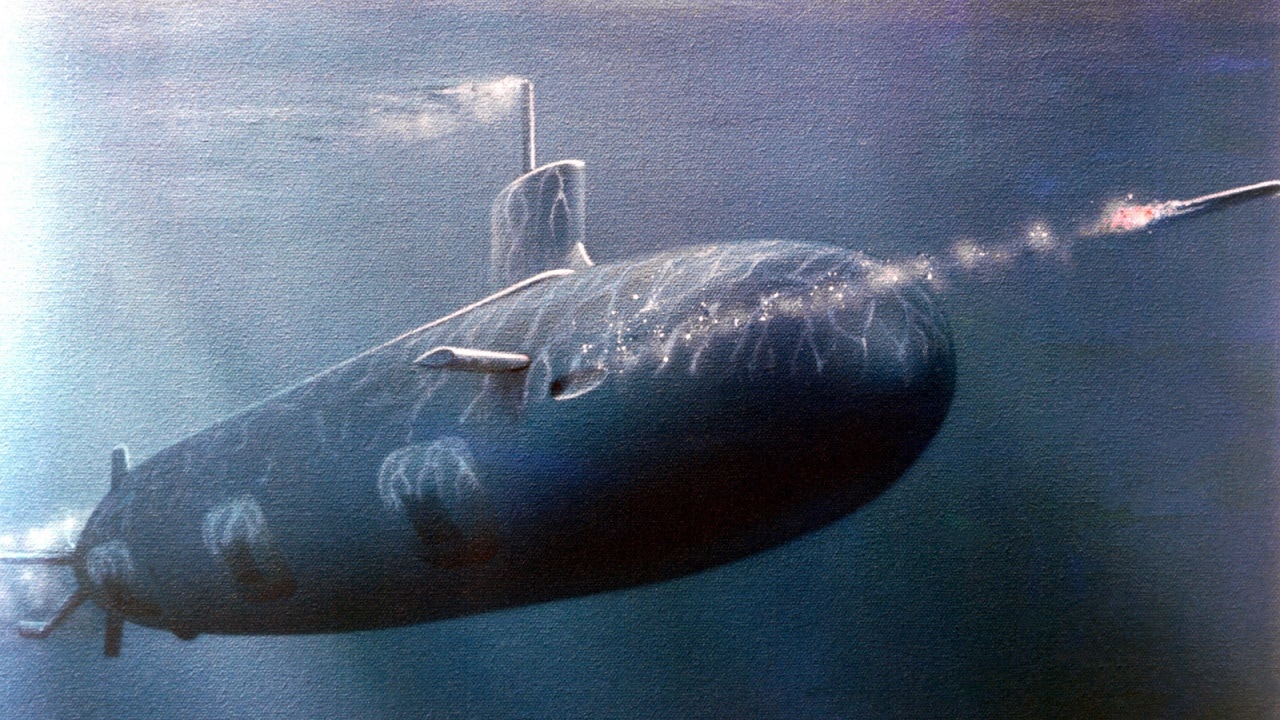USS Jimmy Carter, A History – There are currently nine aircraft carriers named for former presidents of the United States, while a tenth is now under construction.
However, President Jimmy Carter isn’t included in the list of former commanders-in-chief to be so honored – rather Carter has the distinction of being recognized for his service as a United States Navy submariner with a Seawolf-class nuclear-powered, fast attack submarine (SSN) named for him.
Carter was the only submarine-qualified sailor to go on to become the nation’s chief executive.
He was the nuclear engineer officer on the Pre-Commissioning Unit Seawolf (SSN 575) in the 1950s.
Enter The New Seawolf-class: USS Jimmy Carter
The new Seawolf-class of the late 1980s vintage was something quite amazing. SSN-23 is the third and final boat of the class – and due to extensive modifications from the original design is even described as a subclass. The boat is the only submarine to be named for a living former president. Laid down in 1998, launched in 2004, and commissioned in 2005, USS Jimmy Carter is one of the most sophisticated attack submarines ever built. Larger and more advanced than her sister boats, SSN-23 has also reportedly been tasked with taking on a number of secretive missions for the U.S. Navy.
Meet the Seawolf
Designed to address the threat of Soviet ballistic missile submarines, and to replace the aging Los Angeles-class of attack submarines, the Seawolf-class of nuclear-powered fast attack submarines (SSN) has been described as the best of the best.
A total of 29 boats were to be constructed over a 10-year period – a number that was then reduced to 12 – but only three were launched. Cost was an issue. The boats also became less necessary with the dissolution of the Soviet Union and the end of the Cold War. It meant they were designed for a foe that no longer existed.
At approximately $3 – $3.5 billion per vessel, the boats were simply too expensive, especially in the wake of changing global geopolitics. Instead, the United States Navy opted for the smaller and more cost-effective Virginia-class submarine program. That could turn out to be a huge mistake as the United States is now facing a Cold War 2.0 against near-peer adversaries including Russia and China, which have each engaged in new submarine programs.
The Seawolf Has Claws
The fast attack subs were equipped with an advanced suite of electronics, including a 24-foot diameter spherical sonar array mounted in the bow, a wide-aperture flank array sonar mounted on the sides, and the recently added ability to carry a towed-array sonar. Each of the three SSNs of the Seawolf-class further features a modular design that has allowed for later upgrades including weapons development and better sonar systems, and even today, these remain somewhat “future proof.”
The boats lack external weapons, but each was designed with eight torpedo tubes – twice as many as the Los Angeles-class, along with a double-deck torpedo room to allow for simultaneous engagement of multiple threats. It also had a 30 percent increase in weapons magazine providing storeage for a combination of up to 50 Mark 47 heavyweight torpedoes, Sub-Harpoon anti-ship missiles, and Tomahawk missiles.
The Seawolf-class is equipped with a strengthened sail that permits operations under the polar ice cap, and the highest speed of any U.S. submarine. As importantly, the design efforts focused on noise reduction – it was up to 70 times quieter than the initial generation of Los Angeles-class boats and 10 times quieter than the Improved Los Angeles submarines.
The boats were also designed to be true hunters, and could easily seek out the best the Soviet Navy had to offer, including its Akula-class. The Seawolf sonar suite includes a BQQ 5D with bow-mounted active/passive arrays and wide aperture passive flank arrays, along with TB-16 surveillance TB-29 tactical towed arrays – each of the latter able to be upgraded to more advanced hardware. The boats have has been refitted with a Lockheed Martin AN/BQQ-10(V4) sonar processing system under the acoustic-rapid commercial-off-the-shelf insertion (A-RCI) program.
“Always The Best”
Though few – apart from Sean Penn, perhaps – would ever suggest that Jimmy Carter was the “best” president, the motto of the boat to bear his name is actually “Semper Optima” (Latin for “Always the Best”). It is meant to honor his Naval passion.
The USS Jimmy Carter was launched on May 13, 2004, and commissioned for service the following February 19th with a crew of 15 officers and 129 enlisted. Power is supplied from a single S6W series reactor, which provides an unlimited ocean-going range, while she has an underwater speed in excess of 25 knots.
The boat, which is larger than her sister attack submarines, displaces 12,140 tons under full load and is 453 feet in length with a beam that measures 40 feet. The larger size is due to a modification that included adding special thrusters fore and aft that allow the sub to remain stationary underwater, as well as a 100-foot hull extension known as the Multi-Mission Platform (MMP). It allows SSN-23 to carry remotely operated vehicles, cable spools, special-operations craft, and other advanced technologies needed to carry out classified operations and “enhanced warfighting capabilities.” The MMP can be used to deploy Navy SEALs or other special operations forces.
The exact types of missions USS Jimmy Carter has conducted in the past 18 years remain classified.
Still, it has been seen returning to port flying the “skull and crossbones,” a tradition among submarine crews that its mission was conducted successfully. The boat has Battle Efficiency awards and a Presidential Unit Citation, suggesting it has conducted some important – and likely even dangerous – missions. This may have included tapping undersea fiber-optic communications and conducting intelligence-gathering missions.
Whatever missions SSN-23 has taken part in, it is like the boat and her crew proved they were always the best.
What an Expert Told 19FortyFive
“The Seawolf-class was a quantum leap over the older Los Angeles-class boats for sure, integrating new technology that was not on any U.S. Navy attack submarines before,” explained a retired Electric Boat engineer who worked on the Seawolf-class submarine program as they were being designed and built. He spoke to 19FortyFive on background.
“The Navy came to us with a set of very hard-to-match metrics for the sub to hit in terms of stealth, speed, and armaments. We told them that some of the tech to fulfill those needs did not exist yet. They gave us the budget to do just that. And the USS Jimmy Carter was very much in line with that vision.”

Image: U.S. Navy.

BREMERTON, Wash. (Dec. 15, 2016) – The Seawolf-class fast-attack submarine USS Connecticut (SSN 22) departs Puget Sound Naval Shipyard for sea trials following a maintenance availability. (U.S. Navy photo by Thiep Van Nguyen II/released)

Seawolf-class Submarine.

Image: Creative Commons.
Expert Biography: A Senior Editor for 19FortyFive, Peter Suciu is a Michigan-based writer who has contributed to more than four dozen magazines, newspapers, and websites with over 3,000 published pieces over a twenty-year career in journalism. He regularly writes about military hardware, firearms history, cybersecurity, and international affairs. Peter is also a Contributing Writer for Forbes. You can follow him on Twitter: @PeterSuciu.
From 19FortyFive
The Second American Civil War Has Begun

